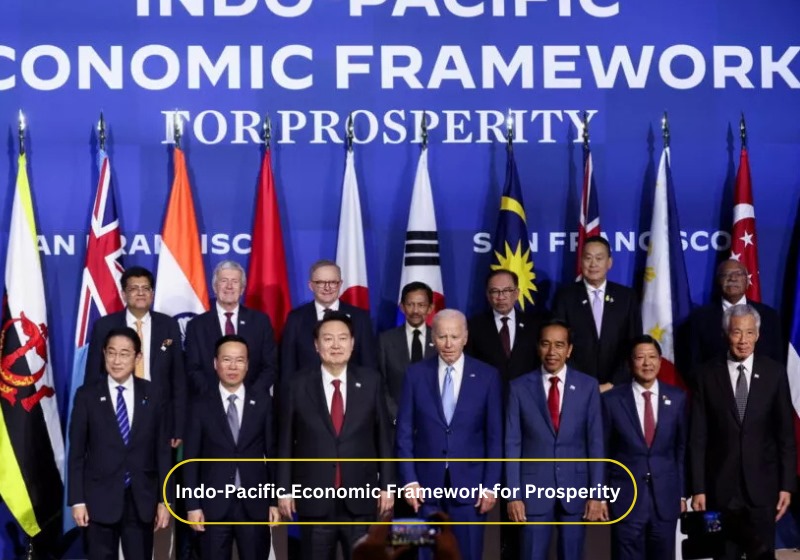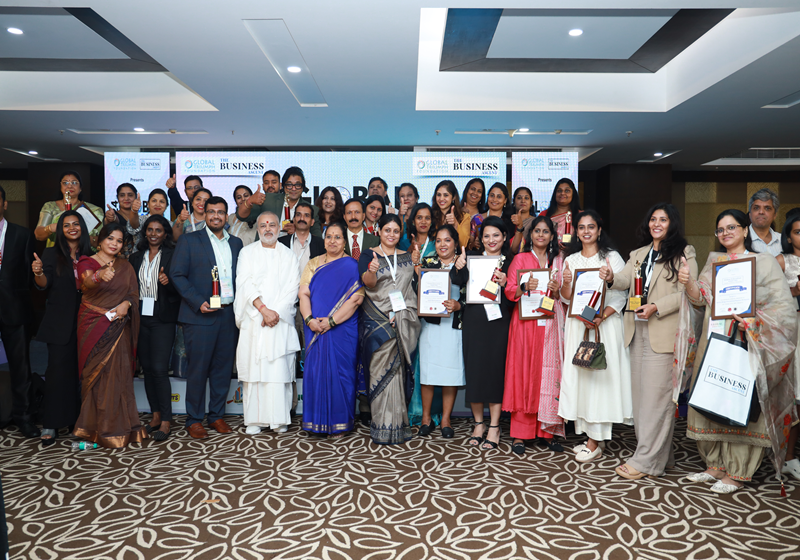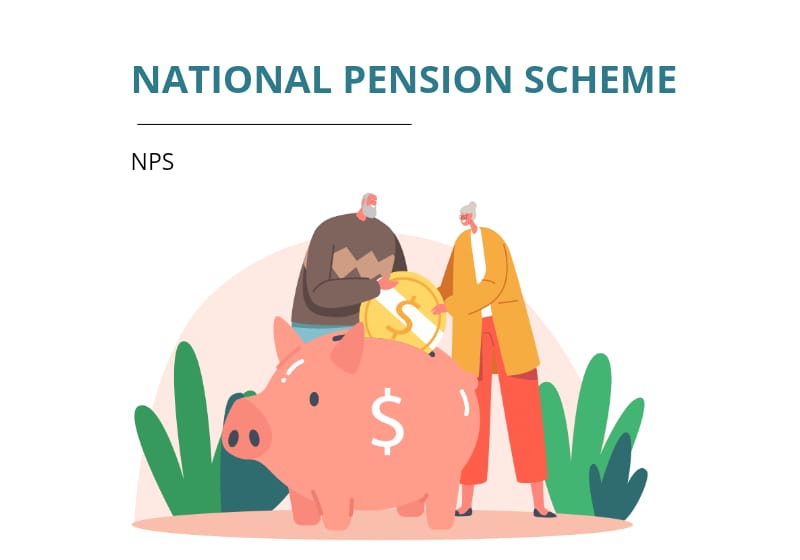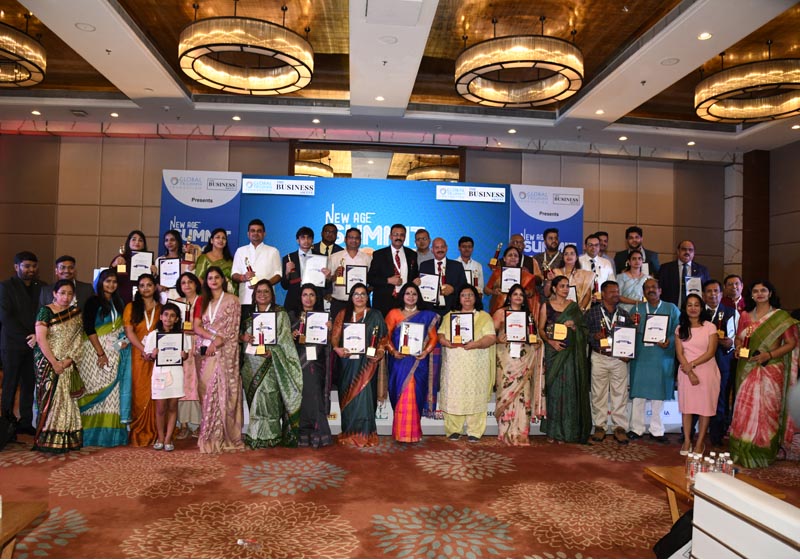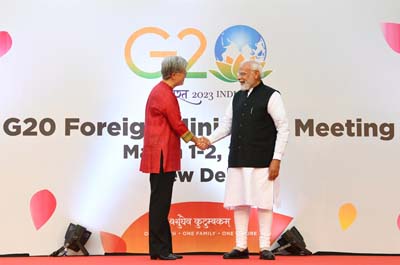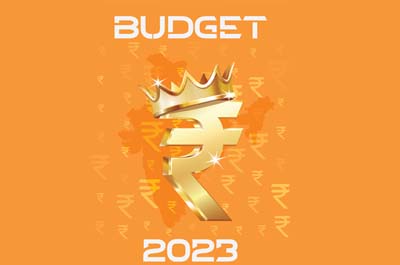Despite the uncertainties in global economy, India's economic growth stands out as an exception and is expected to remain strong in the upcoming years. While presenting the Union Budget 2024-25 in Parliament today, Finance and Corporate Affairs Minister Smt Nirmala Sitharaman highlighted that India's inflation remains low and stable, heading towards the targeted 4 per cent. Additionally, measures are being implemented to ensure sufficient supply of perishable goods in the market.
Key Points Budget 2024
1. India's Inflation Continues To Be Low, Stable, And Moving Towards The 4% Target
2. In 5 Years, Pm's Package Of 5 Schemes And Initiatives Will Facilitate 4.1 Crore Youth In Employment, Skills, And Other Opportunities
3. In Order To Achieve Viksit Bharat, The Budget Envisions Sustained Efforts On Nine Priorities To Provide Ample Opportunities For All
4. The Budget 2024-25 Focuses On Employment, Skills, Msme's, And The Middle Class
5. A New Range Of 109 High-Yielding And Climate-Resistant Crops Will Be Released To Farmers For Cultivation.
6. Natural Farming Will Be Initiated To One Million Farmers In The Next Two Years
7. For This Year, A Provision Of 1.52 Lakh Crore Has Been Announced For Agriculture And Allied Sectors.
8. A Total Of 1,000 Industrial Training Institutions Will Be Upgraded
9. In Bihar, Jharkhand, West Bengal, Odisha And Andhra Pradesh, The Government Will Develop A Plan, Purvodaya, For The All-Round Development Of The Eastern Region
10. For Promoting Women-Led Development, The Budget Allocates More Than 3 Lakh Crore For Schemes Benefiting Women And Girls.
11. This Year, A Provision Of 2.66 Lakh Crore Has Been Made For Rural Development, Including Rural Infrastructure
12. Mudra Loans Will Be Enhanced To 20 Lakh From The Current 10 Lakh
13. A Comprehensive Scheme For Providing Internship Opportunities To One Million Youths In Five Years Is Being Launched By The Government
14. A 10 Lakh Crore Investment Will Be Made Under Pm Awas Yojana Urban 2.0 To Address The Housing Needs Of One Crore Urban Poor And Middle-Class Families.
15. Pmgsy Phase Iv Will Provide All-Weather Connectivity To 25,000 Rural Habitations
16. The Expansion Of The Space Economy By 5 Times In The Next 10 Years With A Venture Capital Fund Of One Billion Dollars
17. A Major Relief For 4 Crore Salaried Individuals And Pensioners In Income Tax
18. The Standard Deduction For Those In The New Tax Regime Was Increased From $50,000 To $75,000/-
19. The Family Pension Deductible Has Been Increased From $15,000/- To $25,000/-
20. Over 58 Percent Of Corporate Tax Receipts Are Collected Under The New Regime
21. A Two Third Of Individual Income Tax Payers Switched Over To The New Income Tax Regime
22. Abolition Of The Angel Tax For All Classes Of Investors To Boost Start-Ups And Investments
23. Reduction Of Foreign Companies' Corporate Tax To 35 Percent To Invite Investments
24. Tds Of 24.5% On Many Payments Has Been Merged With Tds Of 2%
25. To Benefit Lower And Middle Income Classes, The Capital Gain Exemption Limit Has Been Increased To 1.25 Lakh Per Year
26. X-Ray Panels, Mobile Phones, & Pcba Duty Reduced To 15%
27. Gold And Silver To Become Cheaper, Custom Duty Reduced To 6 Percent
Budget for the interim period
As mentioned in the interim budget, the focus is on 4 major castes, namely, "Garib" (poor), "Mahilayen" (women), "Yuva" (youth), and "Annadata" (farmers).
Budget Theme
Regarding the Budget theme, Smt Sitharaman noted that, turning to the year ahead and beyond, this budget will emphasize employment, skilling, small and medium business, and the middle class in particular. Through a central outlay of 2 lakh crore, she announced a package of 5 schemes and initiatives to facilitate employment, skilling, and other opportunities for 4.1 crore youth. A total of 1.48 lakh crore has been allocated to education, employment, and skilling for this year.
Priorities for the budget
1. In pursuit of 'Viksit Bharat,' the budget envisions sustained efforts on the following 9 priorities.
2. Agribusiness productivity and resilience
3. Employment & Skill Development
4. Social Justice and Inclusive Human Resource Development
5. Manufacturing and services are the fourth sector
6. Development of urban areas
7. Security of energy
8. The infrastructure
9. Innovation, research, and development
10. Reforms for the next generation
2024-25 Budget Estimates
It was informed by the Finance Minister that the total receipts and expenditures for 2024-25 will be 32.07 lakh crores and 48.21 lakh crores, respectively. According to the estimates, net tax receipts will total 25.83 lakh crores and the fiscal deficit will be 4.9% of GDP.
According to her, gross and net market borrowings through dated securities during 2024-25 are estimated at $14.01 lakh crore and $11.63 lakh crore, respectively.
As she pointed out, the fiscal consolidation path she announced in 2021 has served the economy very well, and the government will aim to reach a deficit below 4% next year.
In addition to providing relief to four crore salaried individuals and pensioners through direct taxes, the Union Budget 2024-25 aims to comprehensively review both direct and indirect taxes in the next six months. The goal is to simplify the tax structure, reduce tax burdens, and expand the tax base. This includes a comprehensive rationalization of GST tax rates and a review of Custom Duty rates to support domestic manufacturing. Additionally, there will be a thorough review of the Income Tax Act with the aim of reducing disputes and making it more concise and easy to understand. According to Finance and Corporate Affairs Minister Smt. Nirmala Sitharaman, taxpayers have welcomed the simplification of tax regimes without exemptions or deductions for both corporate and personal income tax. In fact, in 2022-23, over 58% of corporate taxes were collected through this simplified regime, and two thirds of taxpayers have already switched over to the new personal income tax regime.
As part of Budget 2024-25, the standard deduction for salaried employees was increased from 50,000/- to 75,000/-. Also, pensioners were able to increase the deduction on family pensions from 15,000/- to 25,000/-. Assessments can now be reopened for up to five years if the escaped income exceeds 50 lakh rupees at the end of the assessment year. The new tax regime also gives salaried employees benefits up to ₹ 17,500/- in income tax.
Tax rates for income slabs
NIL for amounts between 0 and 3 lakh rupees
5 percent on 3-7 lakh rupees
10% on 7 to 10 lakh rupees
15 percent of 10 - 12 lakh rupees
20 percent of 12 - 15 lakh rupees
Over 15 lakh rupees, 30%
In order to encourage investment and create jobs, the Budget has made efforts to support entrepreneurship and promote the growth of start-ups by eliminating angel tax for all investors. Additionally, a more straightforward tax system has been suggested for foreign shipping companies that operate domestic cruises, recognizing the significant opportunities in cruise tourism. Foreign mining companies can also take advantage of safe harbor rates when selling raw diamonds within the country, which will have a positive impact on the diamond industry. Furthermore, there has been a reduction in the corporate tax rate for foreign companies from 40 to 35 per cent, making it more attractive for them to invest in India.
The Budget has taken steps to simplify the direct tax regime for charities, including merging the two tax exemption regimes into one. Additionally, there will be changes to the TDS rate structure, with the merging of 5 per cent and 2 per cent TDS rates, and the withdrawal of 20 per cent TDS on repurchase of units by mutual funds or UTI. The TDS rate for e-commerce operators has also been reduced from 1 per cent to 0.1 per cent and credit will now be given for TCS on salary deductions. Furthermore, the Budget has decriminalized delays in payment of TDS up until the due date for filing TDS statements. In addition, a Standard Operating Procedure will be implemented to simplify and rationalize compounding guidelines for TDS defaults.
Starting now, a rate of 20 per cent will be applied to short term capital gains for specific financial assets. On the other hand, long term gains on any financial or non-financial assets will have a rate of 12.5 per cent. To support those in the lower and middle-income brackets, the exemption limit for capital gains has been raised to ₹1.25 Lakh per year. Any listed financial asset held for over a year and unlisted assets (both financial and non-financial) held for more than two years will be considered as long term assets. This includes unlisted bonds and debentures, debt mutual funds, and market linked debentures that will continue to be subject to applicable capital gains tax.
In light of the reduced tax burden on the common man, Union Finance Minister Smt Nirmala Sitharaman praised GST as a resounding success. She highlighted how this system has also alleviated both compliance and logistical burden for trade and industry. Going forward, the Government aims to streamline and rationalize the tax structure to encompass other sectors. The Budget also outlines plans for digitizing and eliminating paper usage in Customs and Income Tax services, including simplifying rectification processes and implementing appellate orders within the next two years.
Revised custom duties have been implemented to simplify trade and minimize disputes. In efforts to assist cancer patients, the Budget has fully exempted three additional cancer medications from custom duties: Trastuzumab Deruxtecan, Osimertinib, and Durvalumab. There will also be a reduction in Basic Customs Duty (BCD) for X-ray machine tubes and flat panel detectors. Mobile phones, Printed Circuit Board Assembly (PCBA), and mobile chargers will now have a decreased BCD of 15%. The Budget has also eliminated custom duties on 25 rare earth minerals, including lithium, to promote processing and refining of these crucial materials. Additionally, capital goods used in the production of solar panels are now exempt from duties. To boost India's seafood exports, the BCD on broodstock, polychaete worms, shrimps, and fish feed has been reduced to 5%. The Budget is also working towards enhancing the competitiveness of Indian leather and textile exports by reducing BCD on Methylene Diphenyl Diisocyanate (MDI) from 7.5% to 5%. Custom duties on gold and silver are now at 6% and platinum at 6.4
In order to address conflict resolution and clear up backlogs, the Union Finance Minister put forth the Vivad se Vishwas Scheme, 2024 to settle specific income tax disputes that are currently under review. In addition, the financial thresholds for appealing cases regarding direct taxes, excise, and service tax in High Courts, Supreme Court, and tribunals have been raised to ₹60 lakh, ₹2 crore, and ₹5 crore respectively. To minimize legal disputes and bring certainty to international taxation, there are plans to widen the scope of safe harbour rules and simplify the transfer pricing assessment process.

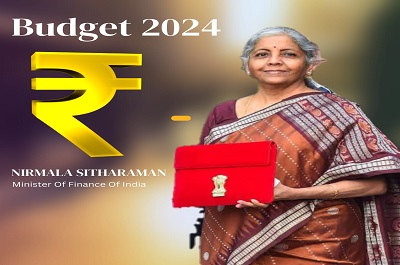

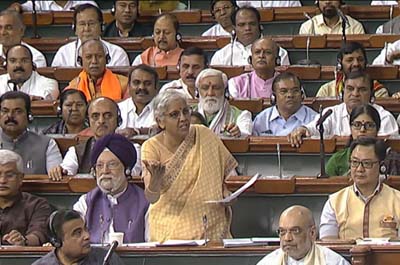

_1741851351227282101.png)


